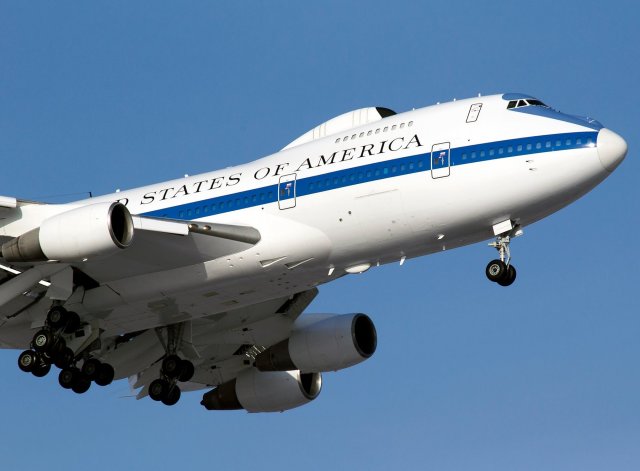Breaking news
Rockwell Collins selected to upgrade US military's E-4B Advanced Airborne Command Post aircraft.
| a | |||
|
World Defense & Security Industry News - Rockwell Collins
|
|||
| Rockwell Collins selected to upgrade US military's E-4B Advanced Airborne Command Post aircraft | |||
|
The Boeing Company has selected Rockwell Collins to upgrade a low-frequency transmission system for the E-4B program, which connects U.S. command authorities to strategic launch control centers and strike assets during a national emergency. The work will be performed at Rockwell Collins’ Richardson, Texas, facility and is expected to be complete by Sept. 30, 2016.
|
|||
|
|
|||
 Boeing E-4B Advanced Airborne Command Post aircraft Boeing E-4B Advanced Airborne Command Post aircraft |
|||
|
|
|||
|
“This selection continues our heritage of providing the U.S. military with strategic command and control systems,” said Troy Brunk, vice president and general manager, Airborne Solutions for Rockwell Collins. “We’re continuing our strong relationship with Boeing by providing reliable, survivable and endurable communications between the President and our nation’s nuclear forces.”
The B models biggest structural change was the ability to survive an Electromagnetic Pulse (EMP) from a nuclear blast. Protection against radiation was also improved. |
|||



















